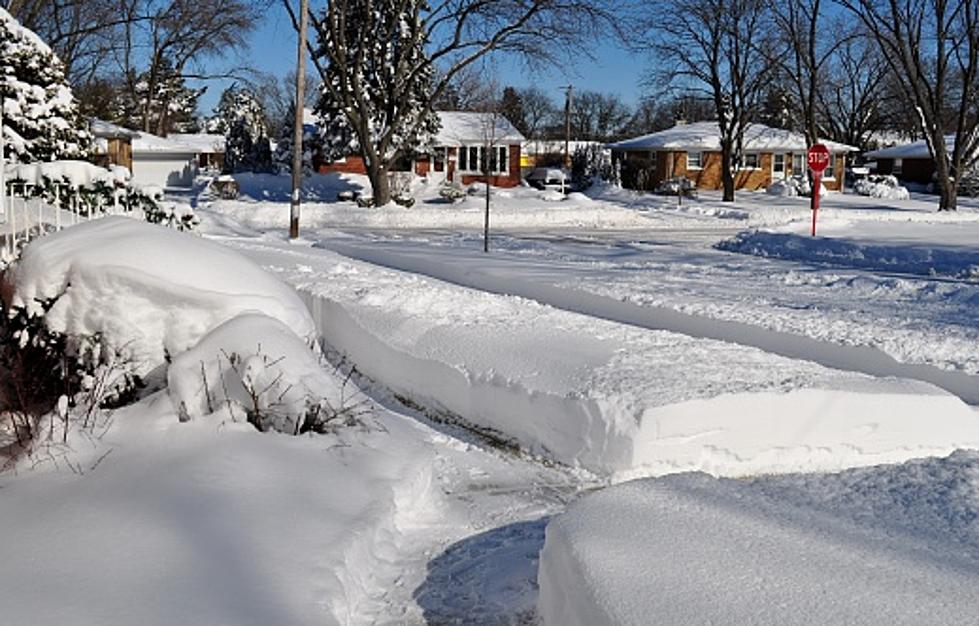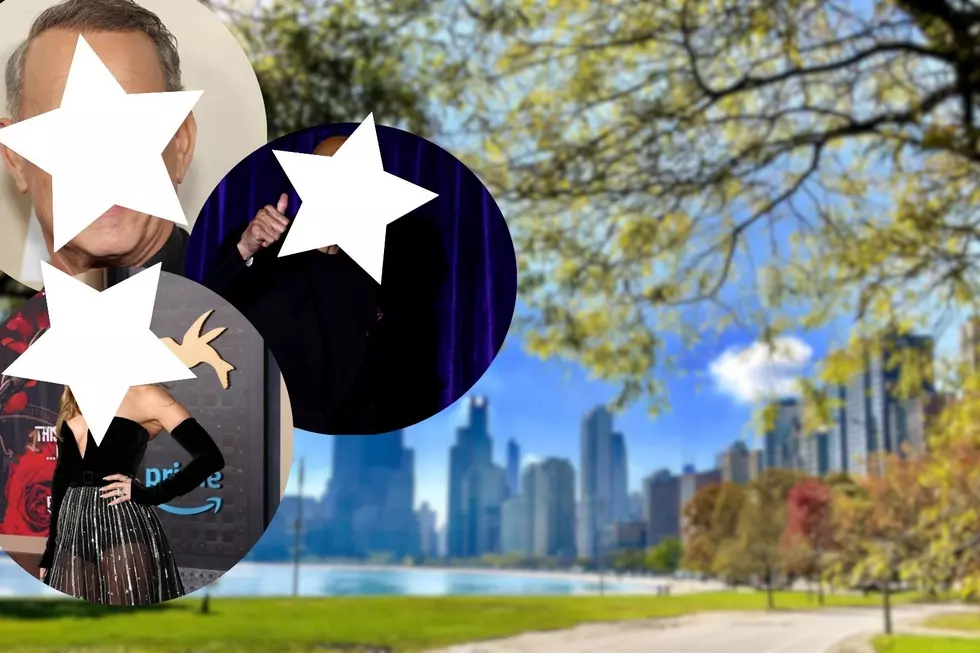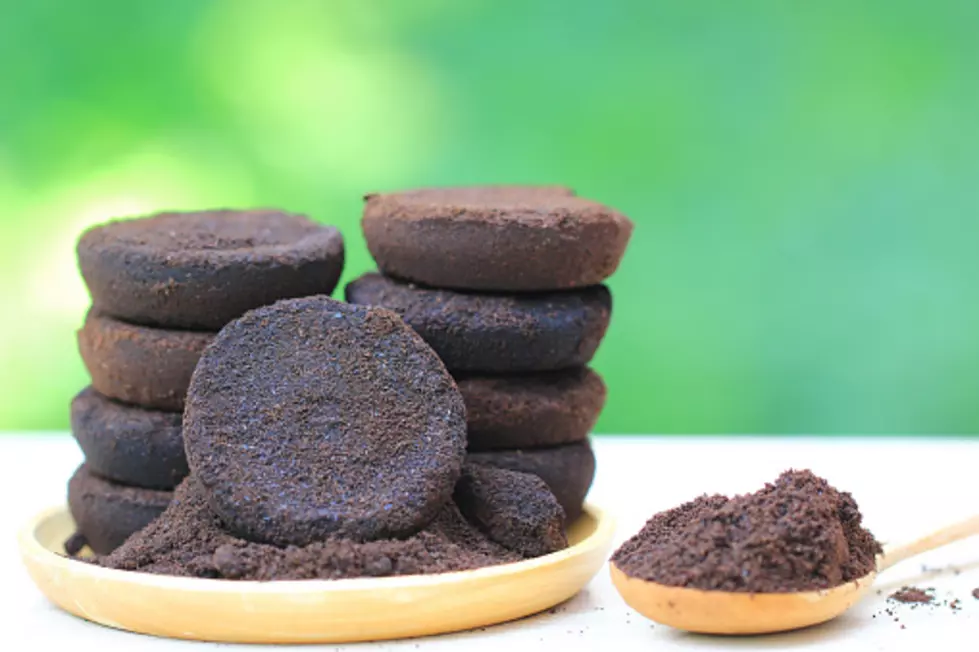
Here’s What The Experts Say About Illinois’ Coming Winter Weather
You may be thinking "Why are we talking about winter weather in August when we'll still see temperatures in the 90 next week?"
I'll tell you why. Because this is Illinois, and you'll blink and it will be winter time once again. I just don't want you to be surprised by what Old Man Winter (pronouns: they, them) throws at us when we're all done enjoying sunshine and hating mosquitoes.
After all, we are talking about an Illinois winter, so you know that there will be snow, ice, frigid conditions, and at some point, a polar vortex or two. Let's just try to find out when we can expect these things, not whether or not they'll actually happen.
How Nice Illinois' Winter Of 2023-2024 Will Be Depends On You--Do You Like A Lot Of Snow Combined With Colder-Than-Normal Temperatures, Or Are You Hoping For Very Little Snow And Warmer-Than-Normal Temperatures?
When I see that The Farmer's Almanac is saying things like "Illinois and the Great Lakes could be in for below-average temperatures and lots of snowstorms, sleet, ice and rain. Cold and stormy weather will continue into January and February," I'll admit to having a few involuntary shudders.
I have two reasons for thinking that there's the possibility that The Farmer's Almanac is completely wrong. Reason number-one is that The Farmer's Almanac claims an 80%-85% accuracy rate on their predictions, so that gives us some hope they're wrong.
Reason number-two is that the National Weather Service says almost the exact opposite about Illinois' upcoming winter season.
The Farmer's Almanac Says Colder And Snowier, While The National Weather Service Says Warmer And Possible Below-Average Snowfall For The State Of Illinois
In the end, one of the two will be proven correct, so you'll just have to decide which team you're rooting for, Team Cold & Snow or Team Warmer & Drier.
When you factor in that this is an El Nino year, meteorologically-speaking, it looks like the advantage goes toward the National Weather Service.
Those models are “leaning” toward warmer-than-normal temperatures in the Midwest between the months of November and January, and are undecided on whether precipitation levels will be above or below their normal ranges.
For meteorological winter, which runs from Dec. 1 to Feb. 29, models are leaning toward above-average temperatures and toward below-normal precipitation.
Those predictions align with what typically happens in the Midwest during an El Niño event, according to researchers at the University of Illinois.
Typically, the state of Illinois and the upper Midwest see warmer temperatures during an El Niño, especially in the fall and winter, and also see below-average levels of precipitation.
LOOK: The most extreme temperatures in the history of every state
More From WROK 1440 AM / 96.1 FM









